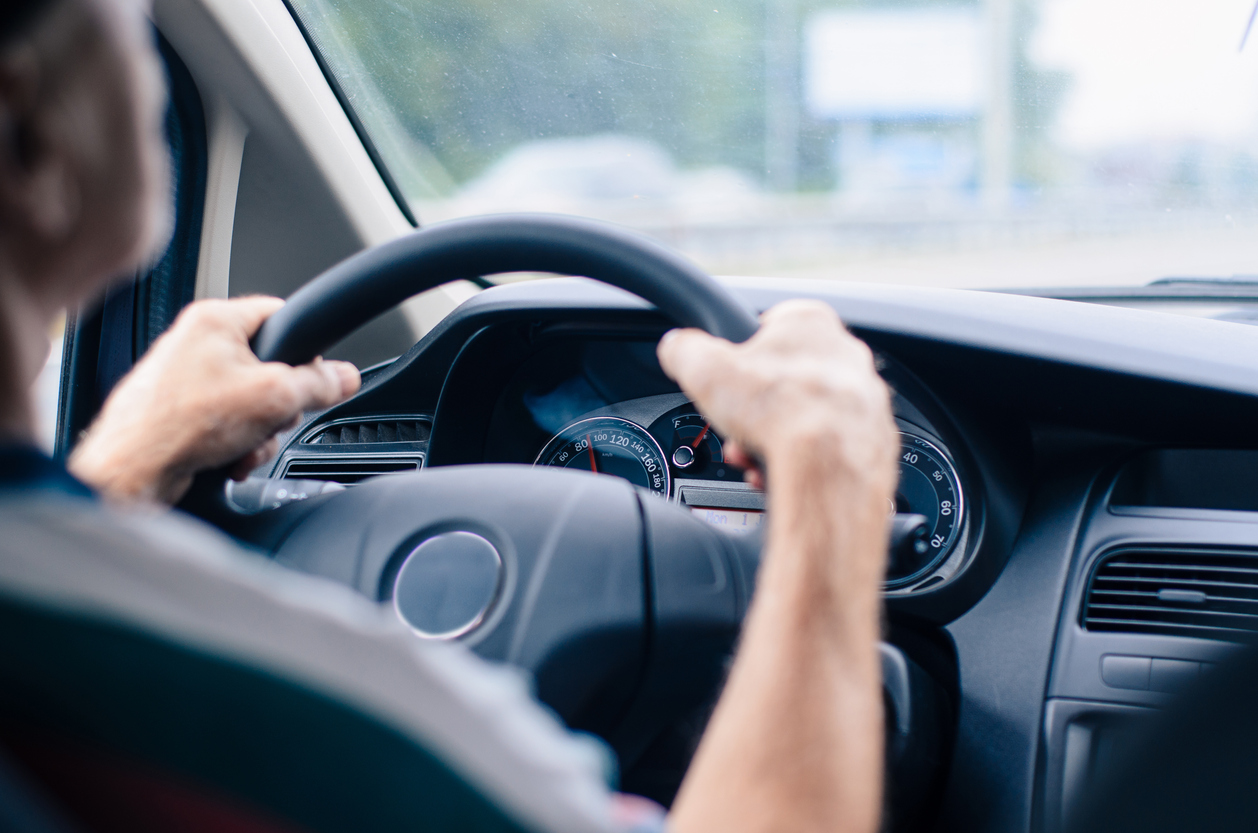New Orleans Road Safety Overview

New Orleans is a vibrant and bustling city with a population of nearly 400,000. And though it offers reasonable public transportation services, it still experiences significant car traffic between residents, visitors, and commercial vehicles.
Heavy traffic in any confined area has the potential to create safety concerns, and the streets of New Orleans are no exception. The following summary of New Orleans road safety will identify the city’s largest concerns and what it is doing to deal with them to prevent accidents.
New Orleans Safety Concerns
When Hurricane Katrina struck New Orleans in 2005, it inflicted massive damage to the entire city, taking out its public transportation network. City officials have since done their best to restore it, but it is still an ongoing and slow process. With that in mind, the city’s reduced access to public transportation from 20 years ago still increases the necessity of car traffic to this day.
Recognizing the dangers of the continuous rise in vehicle traffic, the City of New Orleans has taken steps to curtail road dangers. One of the most important steps it took was the unveiling of a new Transportation Safety Dashboard, which reveals major statistics for transportation safety in the city.
Some of the yearly statistics that are publicly available on the dashboard include the following:
- The number of traffic fatalities
- The number of serious injuries
- The number of accidents involving injuries
- Total crashes
- Property damage totals
The dashboard also identifies the percentage change since the previous year for each of these categories.
The information provided is useful for more than statistical purposes, though. For example, the dashboard displays data regarding the days and times during which accidents most often occur. That data can help residents make decisions about when it is safest to drive and what precautions to take during times when it is more dangerous.
What the Statistics Say
The statistics on the dashboard create an interesting picture of New Orleans road safety. According to the New Orleans safety dashboard, there were an average of 56 fatalities and over 300 serious injuries due to traffic accidents over the past five years.
Total traffic crashes decreased by 3% between 2022 and 2023, and total fatalities decreased by 13%. That would suggest that the roads got safer in the year’s time, but the rate of serious injuries increased by 48%, and crashes involving any injuries increased by 3%.
Thus, despite fewer accidents and deaths, crashes were arguably more dangerous in 2023 than in 2022. And unfortunately, the statistics can’t explain why that is the case. It could be just normal fluctuations or an indirect result of actions taken by the city.
The dashboard also shows that cars, unsurprisingly, make up the majority of accidents and that car accidents are equally prevalent throughout the year. Most car accidents happen during daylight hours (starting at 7 a.m.) and begin to decrease by 6 p.m.
Pedestrian accidents, surprisingly enough, are least common in the summer. And save for a small spike around 4 p.m., they have a pretty consistent rate throughout the day. They are slightly less common during the earliest hours of the morning (between midnight and 6 a.m.) but still comparable to other times of the day.
Another curious statistic is that commercial vehicles are almost twice as likely to be involved in an accident on a Tuesday than on any other day of the week. That likely has something to do with shipping schedules, but commercial vehicle drivers should be aware of that fact regardless.
Finally, the dashboard offers an interactive map that shows where accidents are most common. A large percentage of collisions occur on Interstate 10 and Route 910, with the highest concentration of accidents occurring near the area where Interstate 10 intersects with North Claiborne Avenue.
If you or someone you know has been involved in a car accident, it is essential to consult with a car accident attorney to ensure that your rights are protected and that you receive the compensation you deserve.
Traffic Camera Safety Program
Another step that the City of New Orleans has taken to combat traffic accidents is the reimplementation of its traffic camera safety program. Though the program has been around for years, it was restructured in 2019 to focus on enhancing public safety.
Today, the majority of traffic cameras are located in school zones and are only active during school zone hours. The city does not rely entirely on stationary cameras to enforce speed regulations, though it does deploy Mobile Traffic Units to neighborhoods where residents report speeding issues.
The revamped program has shown some success. According to statistics provided by the city, 75% of people who receive a traffic ticket from one of these cameras pay for the ticket and do not receive another one.
Alternatives To Driving in New Orleans
The New Orleans Regional Transit Authority (RTA) offers several options for public transportation, including street cars and buses. According to the agency, public transportation is available on most streets in most parts of downtown within 10 minutes. As you move toward the outskirts of the city, wait times increase to 30 minutes or longer.
Certain areas, like the French Quarter and Central Business District, are pretty walkable and friendly to bike riders. However, as previously noted, pedestrian accidents are a concern at all hours of the day.
Road Safety in New Orleans, LA
Like almost every major city in the country, road safety is a consistent concern in New Orleans, Louisiana. In response, the city’s government takes the numbers seriously while also being surprisingly transparent about them. That, in turn, makes it easier for drivers to understand the dangers of driving in the city and avoid areas that are more dangerous.
As a map of New Orleans accidents will show you, the easiest way to limit your danger of getting into a crash in New Orleans is to avoid driving in the downtown area. Accidents are few and far between in the outskirts, likely due to the reduced traffic in those areas. If you need to go downtown, using public transportation should greatly reduce your risk of harm.
